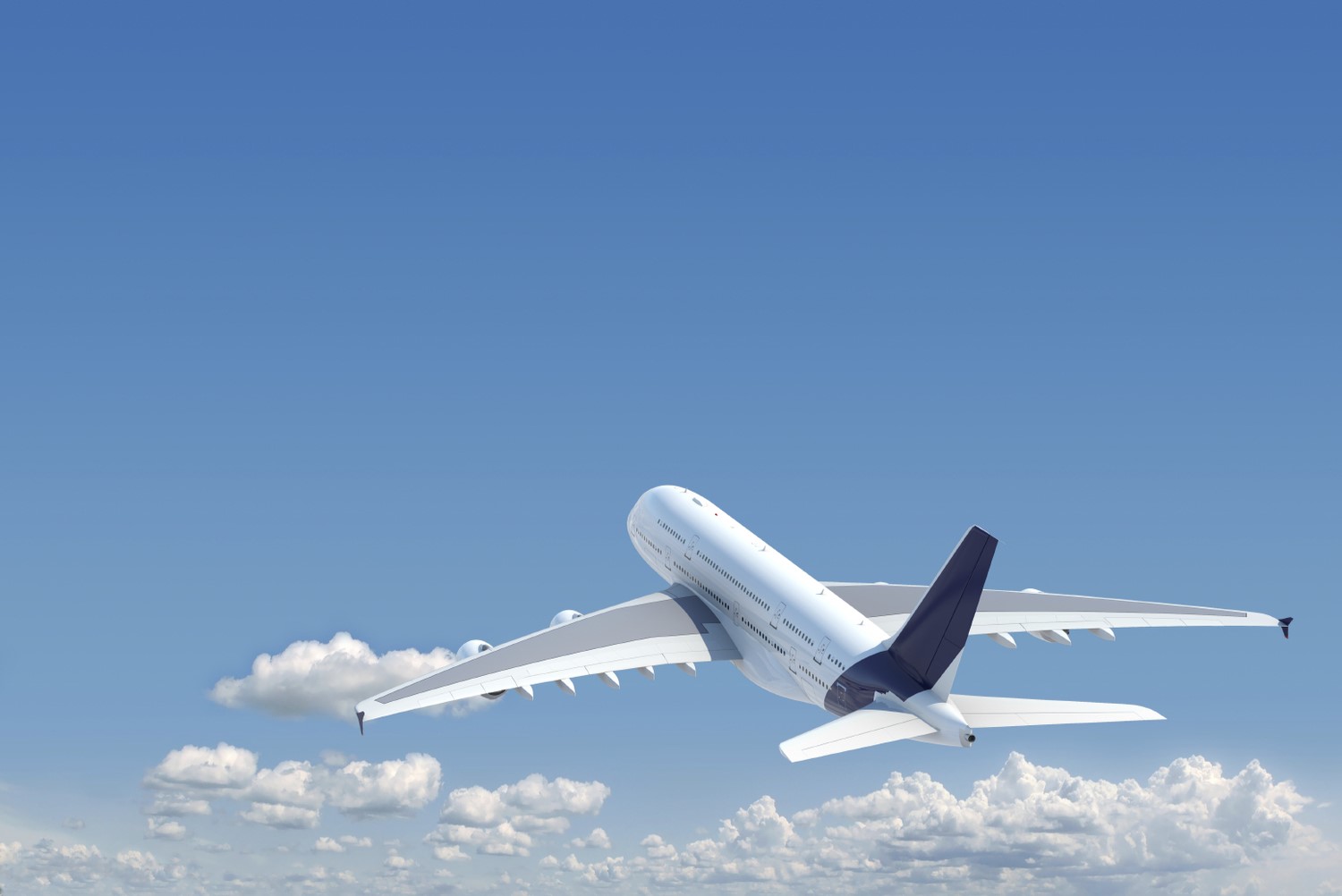
Aviation regulations are the backbone of safe and efficient air travel. Ever wondered why planes follow specific routes or why pilots undergo rigorous training? These rules ensure that every flight operates smoothly, protecting passengers and crew alike. From the early days of flight to today's advanced jets, regulations have evolved to keep pace with technological advancements. They cover everything from aircraft design to maintenance schedules, pilot qualifications, and even the behavior of passengers. Understanding these regulations can give you a new appreciation for the complexity and safety of air travel. Ready to learn more? Let's dive into 17 intriguing facts about aviation regulations!
Key Takeaways:
- Aviation regulations ensure safety, protect passenger rights, and address environmental concerns. They also adapt to technological advancements, making air travel safer and more efficient for everyone.
- International cooperation and standardization through organizations like ICAO and FAA are crucial for maintaining global aviation safety and efficiency. Bilateral agreements between countries also play a key role in regulating international air travel.
The Birth of Aviation Regulations
Aviation regulations have a fascinating history. They ensure safety and efficiency in the skies. Here are some intriguing facts about their origins and evolution.
-
The first aviation regulations were established in 1919 with the International Air Navigation Convention. This treaty aimed to standardize rules for air travel among nations.
-
The Federal Aviation Administration (FAA) was created in 1958. It replaced the Civil Aeronautics Administration to provide more comprehensive oversight of aviation safety in the United States.
-
The International Civil Aviation Organization (ICAO) was founded in 1944. This specialized agency of the United Nations sets global standards for aviation safety, security, and efficiency.
Safety Measures and Protocols
Safety is paramount in aviation. Regulations have evolved to address various aspects of air travel, from aircraft design to pilot training.
-
The FAA mandates that commercial pilots must retire at age 65. This rule helps ensure that pilots are physically and mentally fit to operate aircraft.
-
Aircraft undergo rigorous certification processes before they can carry passengers. The FAA and ICAO both have stringent requirements for testing and approval.
-
Cockpit voice recorders and flight data recorders, often called "black boxes," are required on all commercial flights. These devices provide crucial information in the event of an accident.
Environmental Considerations
Aviation regulations also address environmental concerns. Efforts to reduce the industry's carbon footprint have led to significant changes.
-
The ICAO's Carbon Offsetting and Reduction Scheme for International Aviation (CORSIA) aims to stabilize CO2 emissions at 2020 levels. Airlines must offset their emissions growth beyond this baseline.
-
Noise regulations limit the amount of noise aircraft can produce. These rules help reduce the impact of air travel on communities near airports.
-
The use of sustainable aviation fuels (SAFs) is encouraged by various regulations. SAFs can significantly reduce greenhouse gas emissions compared to traditional jet fuels.
Passenger Rights and Protections
Passengers benefit from regulations designed to protect their rights and ensure a pleasant travel experience.
-
The European Union's Regulation 261/2004 grants passengers compensation for flight delays, cancellations, and denied boarding. This regulation provides financial protection for travelers.
-
The FAA requires airlines to provide accommodations for passengers with disabilities. This includes accessible seating and assistance during boarding and deplaning.
-
Airlines must disclose all fees upfront, thanks to the U.S. Department of Transportation's "Full Fare Advertising Rule." This rule prevents hidden charges and ensures transparency in ticket pricing.
Technological Advancements
Technological innovations have driven changes in aviation regulations. These advancements improve safety, efficiency, and passenger experience.
-
The introduction of NextGen, a modernization program by the FAA, aims to transform the U.S. air traffic control system. NextGen uses satellite-based technology to improve navigation and reduce delays.
-
Drones, or unmanned aerial vehicles (UAVs), are subject to specific regulations. The FAA requires drone operators to register their devices and follow guidelines for safe operation.
-
The use of electronic devices during flights has been relaxed in recent years. Passengers can now use smartphones, tablets, and e-readers during all phases of flight, thanks to updated FAA regulations.
International Cooperation
Aviation is a global industry, and international cooperation is essential for maintaining safety and efficiency.
-
The ICAO's Universal Safety Oversight Audit Programme (USOAP) assesses member states' aviation safety oversight capabilities. This program helps identify areas for improvement and promotes global safety standards.
-
Bilateral air service agreements between countries regulate international air travel. These agreements determine which airlines can operate routes between nations and set guidelines for fair competition.
Final Thoughts on Aviation Regulations
Aviation regulations play a crucial role in ensuring the safety and efficiency of air travel. These rules cover everything from pilot training to aircraft maintenance, making sure that every flight operates smoothly. Understanding these regulations can give passengers peace of mind, knowing that strict standards are in place to protect them.
For pilots and airline staff, staying updated on these rules is essential for their careers and the safety of their passengers. Regulations also evolve with technology, adapting to new challenges and advancements in the aviation industry.
Whether you're a frequent flyer or someone interested in aviation, knowing a bit about these regulations can enhance your appreciation for the complexities of air travel. So next time you board a plane, remember the countless rules and standards working behind the scenes to keep you safe.
Frequently Asked Questions
Was this page helpful?
Our commitment to delivering trustworthy and engaging content is at the heart of what we do. Each fact on our site is contributed by real users like you, bringing a wealth of diverse insights and information. To ensure the highest standards of accuracy and reliability, our dedicated editors meticulously review each submission. This process guarantees that the facts we share are not only fascinating but also credible. Trust in our commitment to quality and authenticity as you explore and learn with us.


